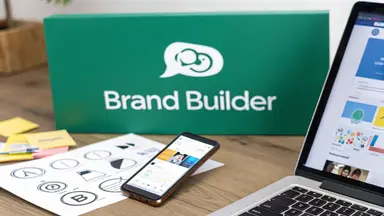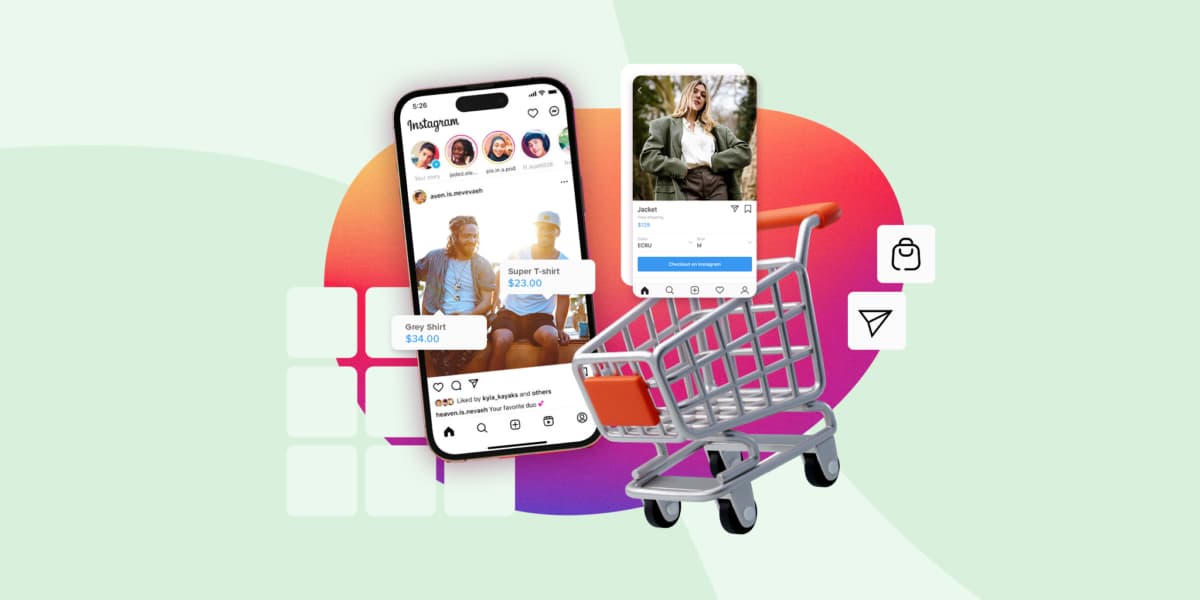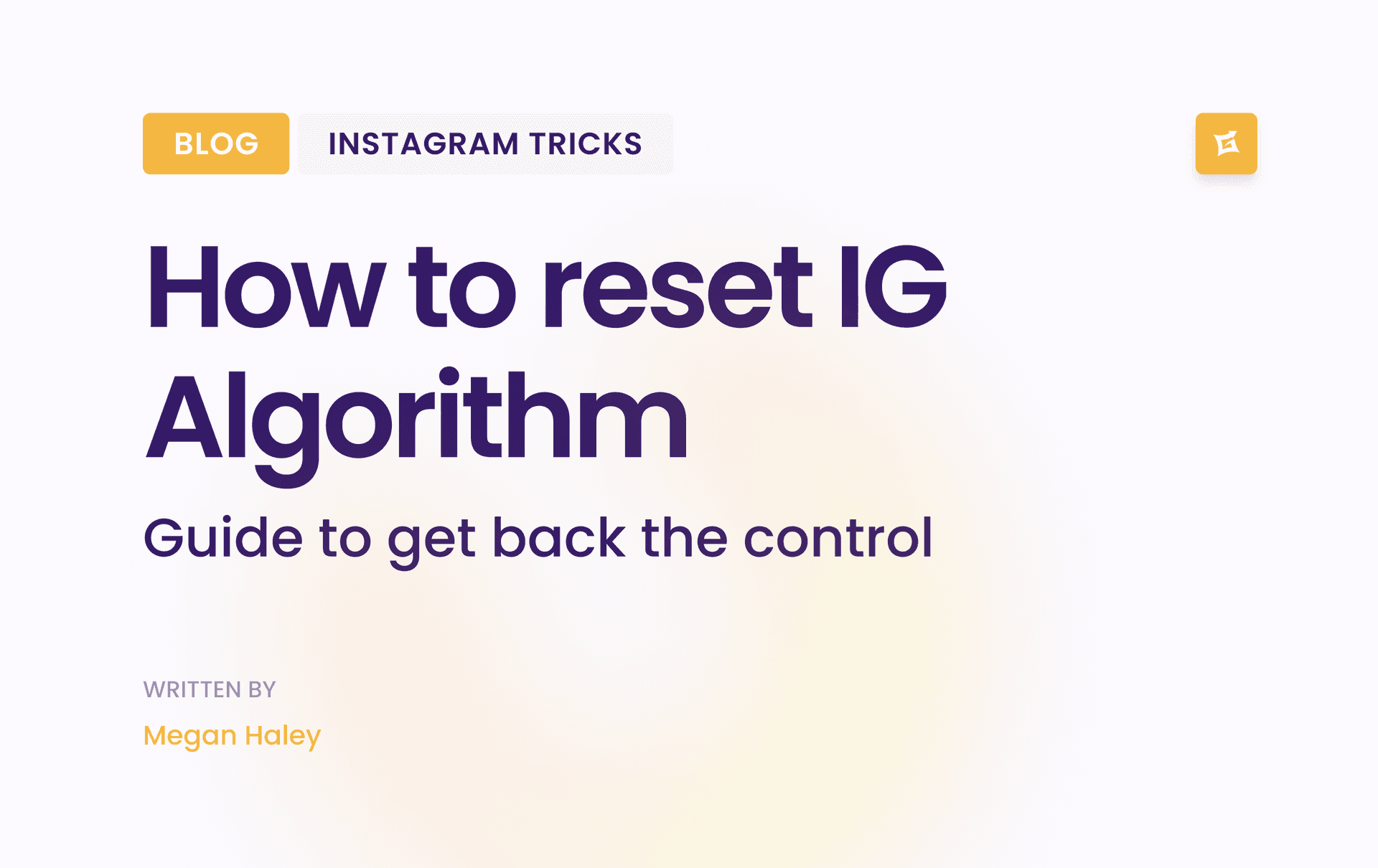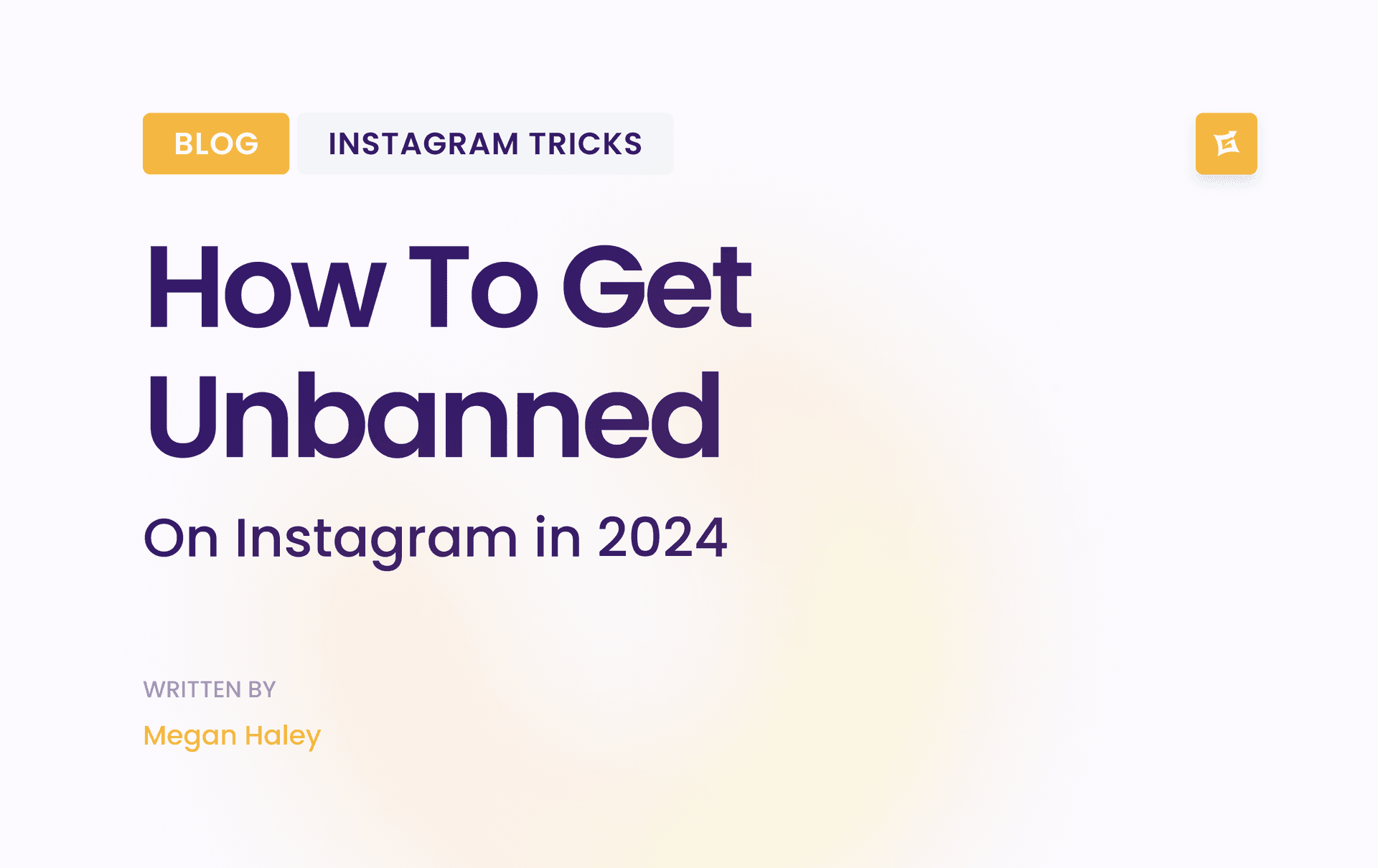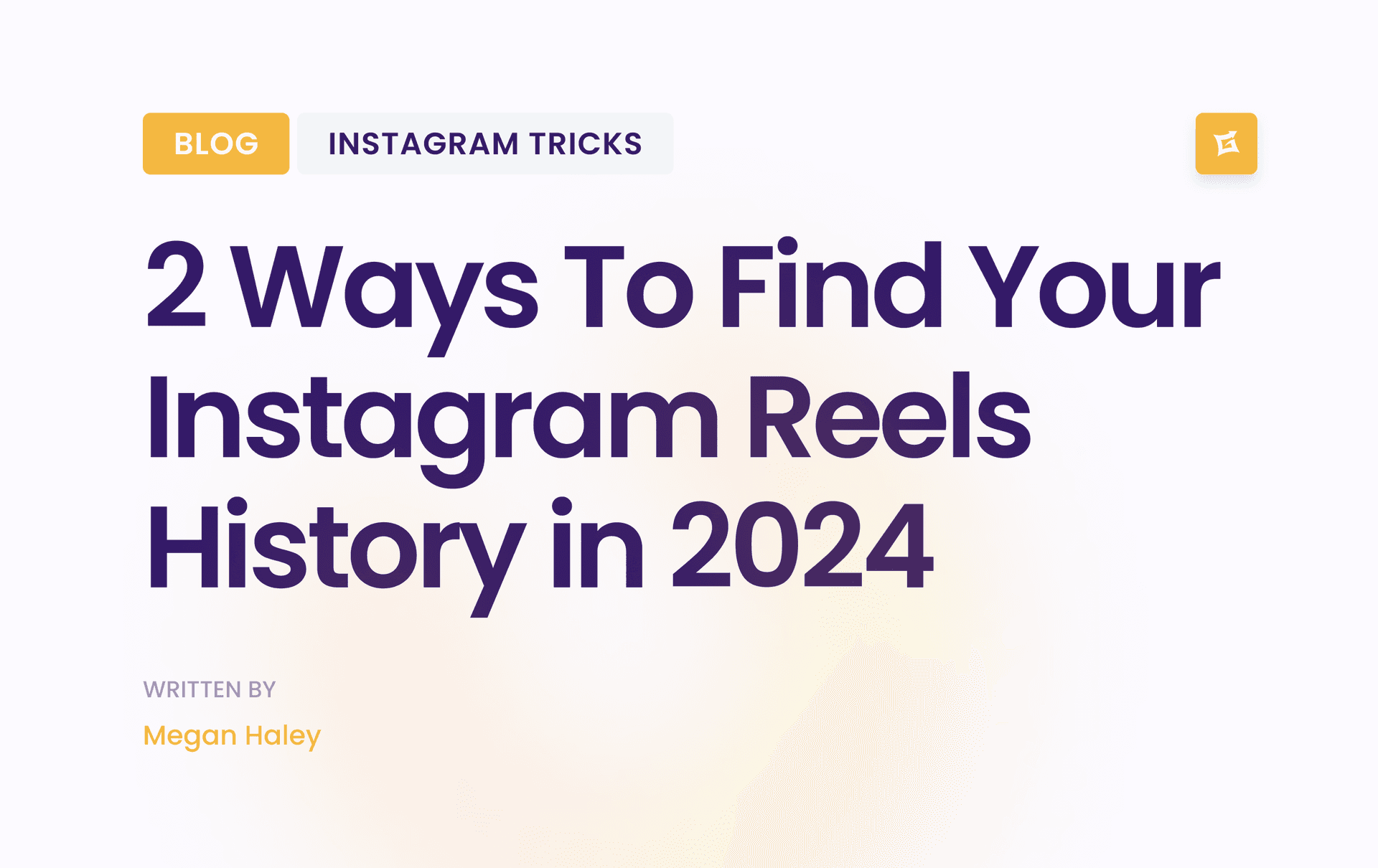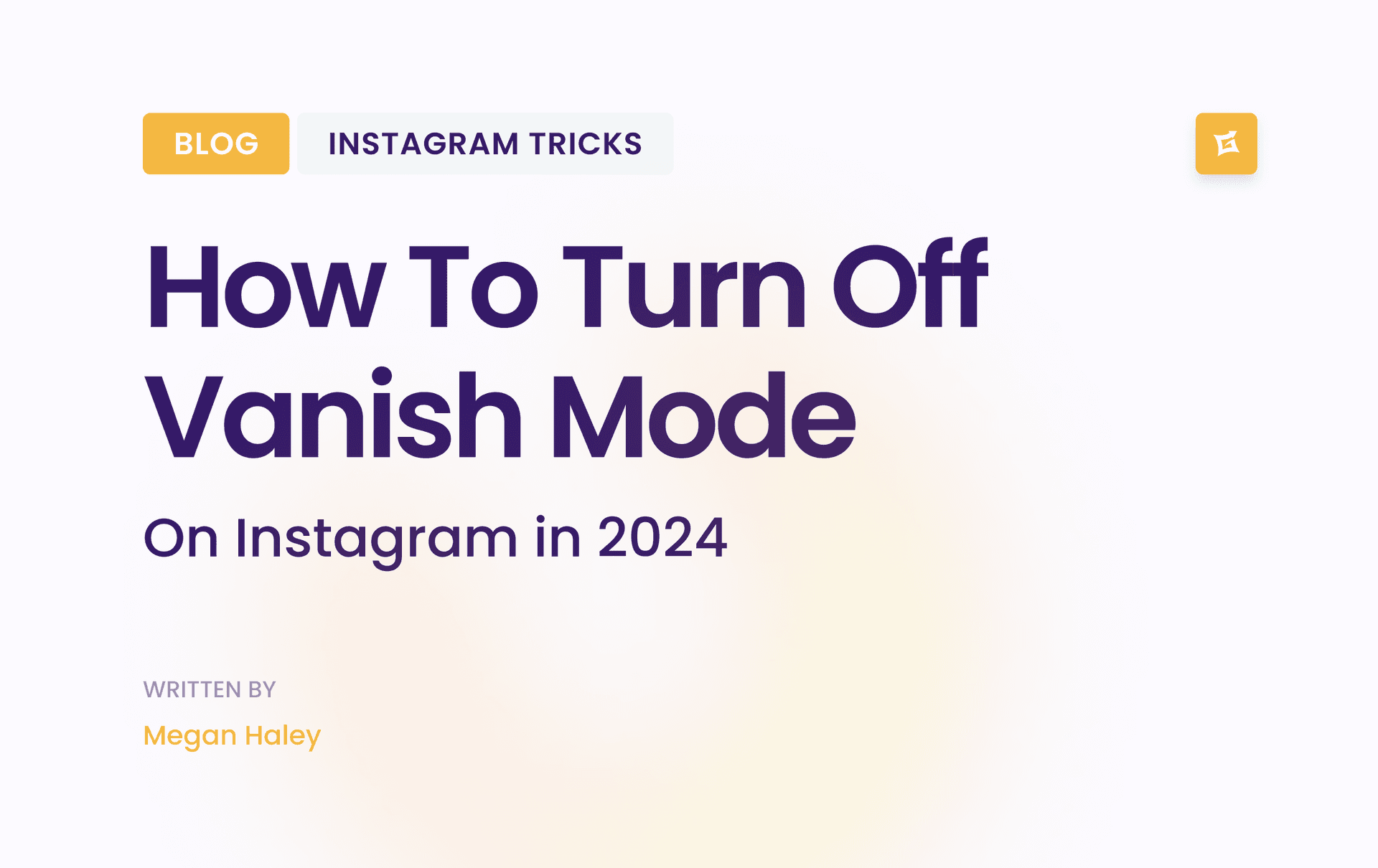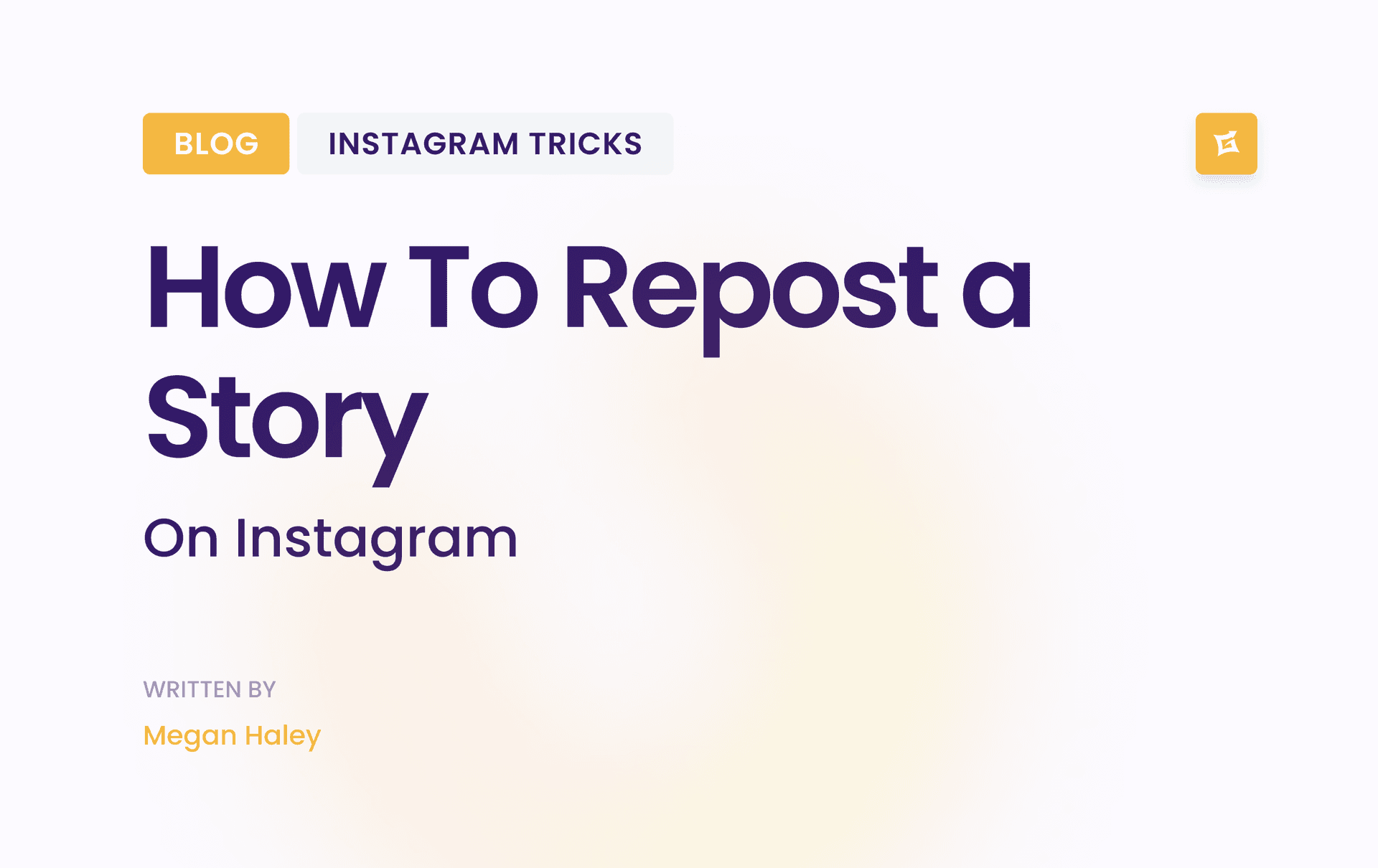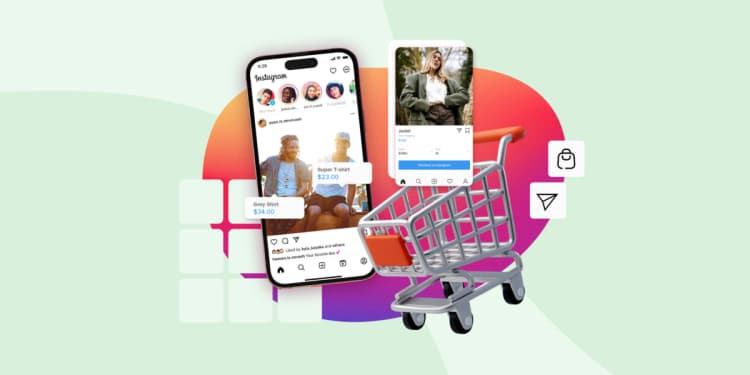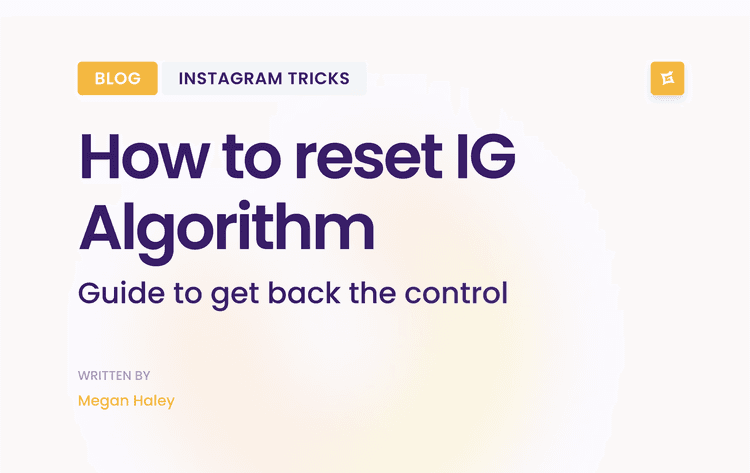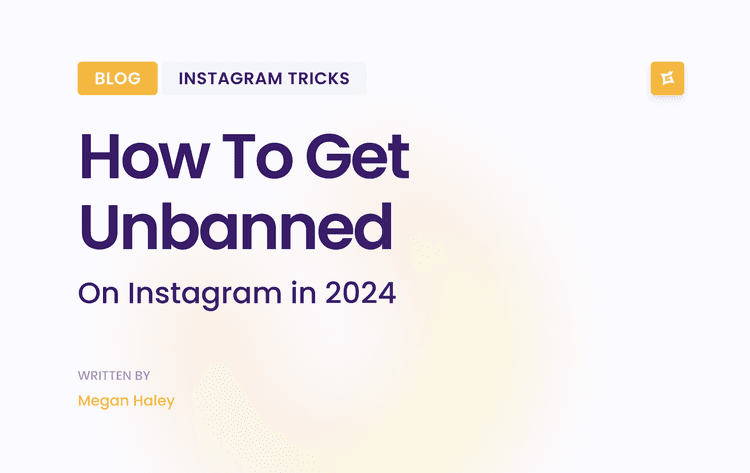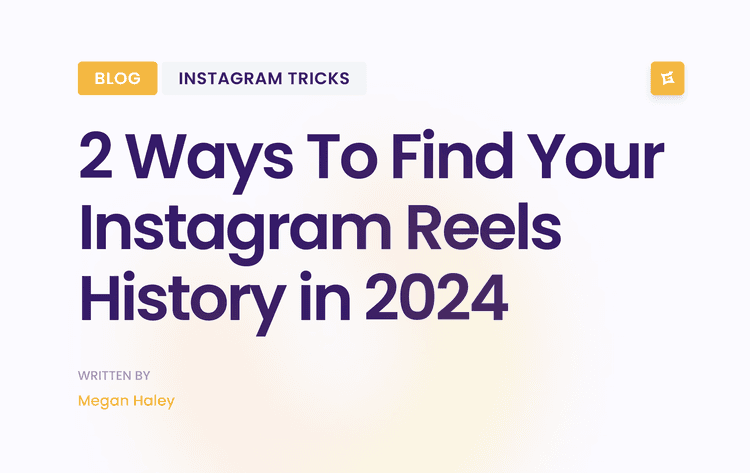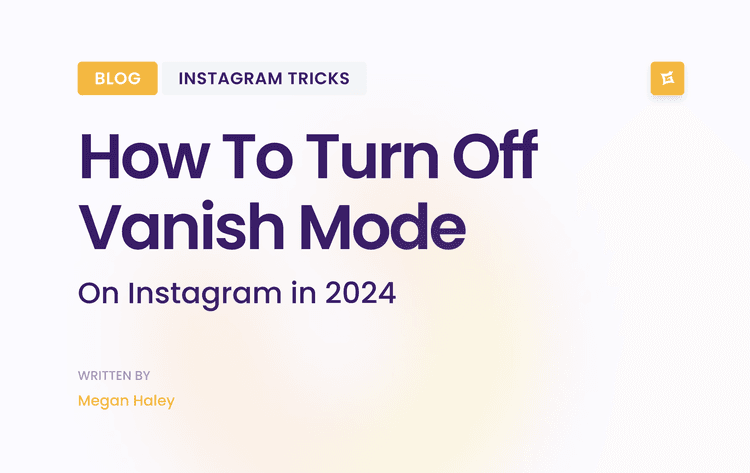What's Your Brand All About? Defining Your Identity First

Creating content without a clear identity is like building a house without a blueprint. Sure, you might end up with four walls and a roof, but it’ll feel chaotic and lack a distinct purpose. A solid brand foundation is your guide for everything that follows, from the filters you choose to how you handle DMs.
This initial work is what separates the memorable brands from the forgettable ones. It ensures your identity feels authentic and consistent, not like you're just chasing trends. When your brand has a real personality, it acts like a magnet for your ideal followers and naturally repels those who aren't the right fit.
Get to the Heart of Your Brand Values
Your core values are your brand's non-negotiables. Think of them as your moral compass. To figure them out, you have to ask some tough questions that go way beyond what you sell.
What does your brand truly stand for?
What kind of mark do you want to leave on your community or your industry?
If your brand were a person, what would it believe in?
Answering these questions helps you establish a few key values—such as innovation, sustainability, or community focus—that will shape every piece of content you create. For instance, a brand built on sustainability won't just post product shots; they'll share content about eco-friendly living and behind-the-scenes looks at their production process.
Nail Down Your Unique Brand Voice
Your brand voice is its personality. It's not just what you say, but how you say it. Are you playful and witty? Or are you more professional and authoritative?
> Your brand voice should be consistent everywhere, but your tone can change. Think of it this way: your voice is your personality (which stays the same), while your tone is your mood (which adapts to the situation).
A great example is a fintech company. Their blog posts might have an authoritative, trustworthy voice. But when they're answering questions on Instagram, their tone might become more helpful and approachable. This consistency in voice, with a flexible tone, is what builds real trust with an audience.
With 5.42 billion people on social media worldwide, and the average person hopping between 6.83 different platforms each month, a consistent voice is non-negotiable if you want to be recognized.
Create a Cohesive Visual Identity
Your visual identity is the look and feel of your brand—it’s what people picture when they think of you. This isn't just your logo; it's your entire aesthetic, from colors and fonts to the style of your photos.
Color Palette: Pick 2-3 primary colors and a few secondary ones that reflect your brand’s personality.
Typography: Choose fonts that are easy to read and match your brand's voice (e.g., a clean sans-serif for a modern tech startup).
Imagery Style: Decide on the vibe for your photos and graphics. Are they bright and energetic, or more muted and minimalist?
Writing all this down is key to staying consistent. You can check out our guide on creating https://www.gainsty.com/blog/social-media-brand-guidelines to get your whole team on the same page.
Once you’ve defined your brand, you can start thinking about broader essential brand awareness strategies that will pour fuel on your social media fire. This foundational work makes sure every single post reinforces who you are.
Finding Your People and the Platforms They Love

A killer brand identity is a fantastic start, but it's only half the battle. Now, it's time to stop shouting into the social media void and start having real conversations with the people who matter. This means getting laser-focused on who your audience is and, crucially, where they hang out online.
Spreading yourself across every single platform is a rookie mistake that leads to burnout and watered-down results. The real goal isn't just to be everywhere; it’s to build a powerful, meaningful presence on the right platforms.
Go Deeper Than Demographics
Basic info like age and location is just scratching the surface. It won't help you forge a genuine connection. To really get what makes your audience tick, you need to build out detailed customer personas. Think of these as character sketches of your ideal follower, complete with their goals, frustrations, and what gets them excited.
Push past the obvious and start asking the questions that truly matter:
What are their biggest daily struggles, at work and home?
What kind of content do they find useful or entertaining?
Which creators or experts do they already follow and trust?
What drives them to make a purchase? Is it all about price, or is it quality, status, or pure convenience?
The answers to these questions are pure gold. For example, a fitness brand might learn their audience isn't just "people who want to get fit." It's "busy young professionals who need quick, effective home workouts that don't require tons of equipment." That single insight can—and should—change your entire content strategy.
Find Your Digital Hangouts
Once you’ve got a clear picture of who you're talking to, the next piece of the puzzle is figuring out where to find them. Every social platform has its own unique vibe and user base. A B2B tech company will almost certainly find a more receptive audience on LinkedIn than on TikTok, while a fashion brand that ignores Instagram is leaving money on the table.
> Your audience's behavior dictates your platform strategy. Don’t jump on a platform because it’s the new shiny object; pick it because your people are already there, actively talking and engaging.
This is where you shift from educated guesses to data-driven decisions. Don't just assume your audience is on Facebook. Dig into your website analytics, spy on your competitors' most successful profiles, and use social listening tools to confirm your hypotheses. Pay close attention to the kind of content that’s already thriving on those channels.
Prioritize Platforms for Maximum Impact
After doing your homework, you'll probably end up with a list of two or three core platforms where your audience is most active and engaged. This is where you need to pour 80% of your effort. These are your primary channels for building a community, driving conversations, and seeing real results.
What about the other platforms? It’s perfectly fine to maintain a minimal identity. You can cross-post major announcements or key pieces of content, but your strategic focus—your best ideas and most of your time—should be on your priority networks. This ensures you're investing your resources where they’ll deliver the biggest return.
For instance, many brands use Instagram as their main hub for visual storytelling and community building. Growing on that platform takes a deliberate, focused plan. If that's your primary channel, you'll want to learn how to increase Instagram reach to make sure your amazing content is seen by your target audience. This kind of focused effort will always beat spreading yourself too thin across five different networks with mediocre content.
Crafting a Content Strategy That Connects
Alright, you’ve figured out who your brand is and who you’re talking to. Now for the fun part: building the engine that will drive your growth. This is your content strategy, and it’s all about turning your brand’s personality into posts people genuinely want to see in their feeds.
A great strategy change your profile from a simple digital billboard into a destination. It’s about creating a rich mix of content that serves your audience in different ways, moving beyond just selling and into building real relationships. This balance is what gets people to stick around and become true fans.
Establishing Your Core Content Pillars
One of the biggest mistakes I see is brands posting randomly, based on whatever idea pops into their head that day. A far more powerful approach is to build your strategy on content pillars. Think of these as 3-5 core themes your brand will consistently own. These pillars should flow directly from what your brand stands for and what your audience actually cares about.
Let’s imagine a sustainable fashion brand. Their pillars might look something like this: Ethical Production: Taking people behind the scenes to see how their clothes are made.
Style Inspiration: Showing off versatile ways to wear their pieces for different vibes and occasions.
Conscious Living: Sharing tips for a more eco-friendly lifestyle that go beyond just fashion.
Community Features: Putting the spotlight on real customers and sharing their stories.
These pillars become your North Star. They keep your content focused, ensure every post reinforces who you are, and make planning a thousand times easier. The result? A feed that feels cohesive and meaningful.
The Power of a Balanced Content Mix
It's easy to fall into the trap of only talking about yourself. To keep your audience from tuning out, you need a balanced mix of content that entertains, educates, inspires, and, yes, eventually converts. It's a value exchange—give them great content, and they'll give you their attention.
> A simple but effective guideline is the 80/20 rule. Aim to have 80% of your content be pure value—teaching, entertaining, or inspiring your followers. The other 20% can be promotional, where you talk about your products or services.
When you lead with generosity, people are far more open to your sales messages when they do pop up. You've earned their trust first.
This visual guide breaks down how different metrics—like follower growth, engagement rates, and how often you post—all work together to build real momentum for your brand.
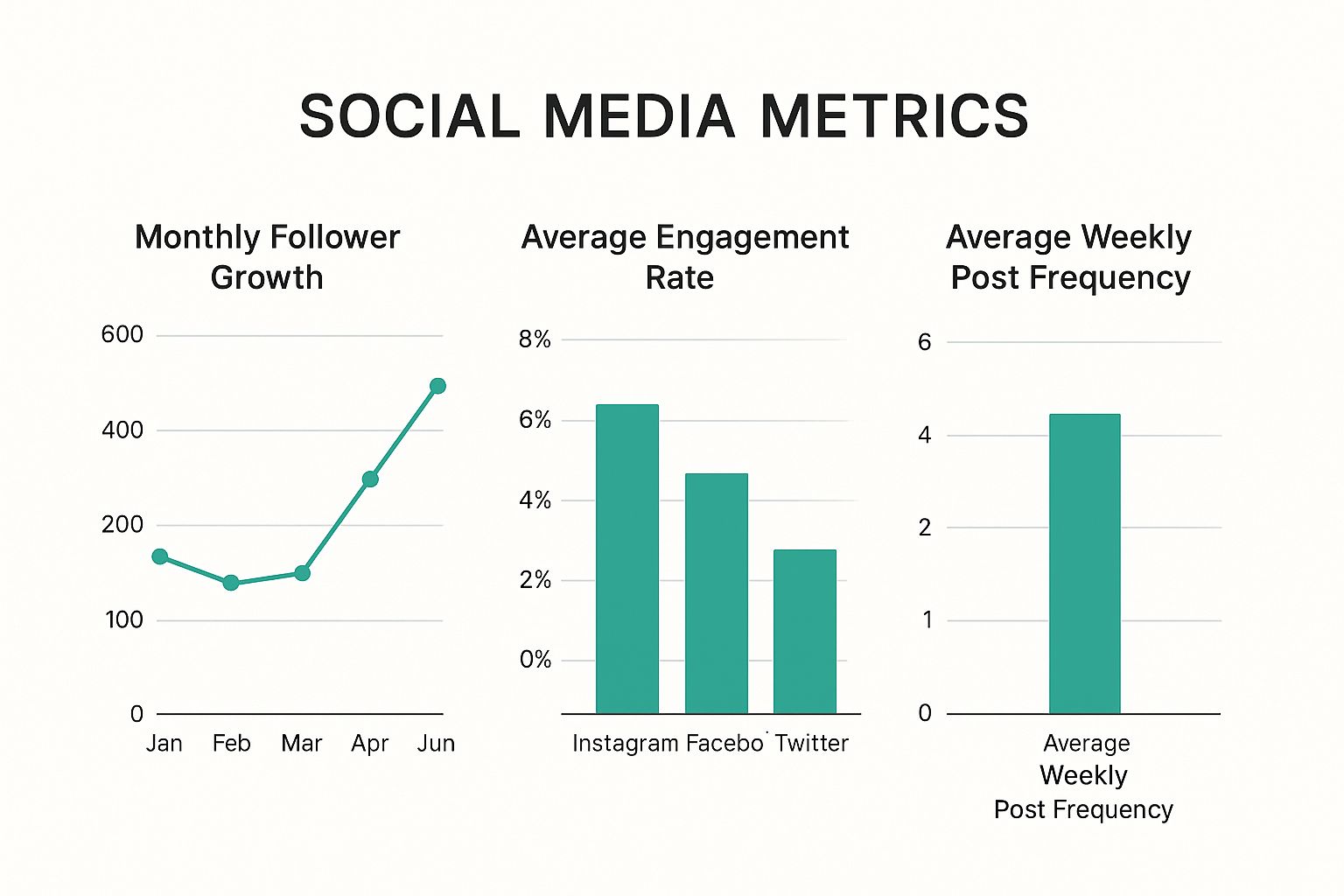
As the data shows, there’s a direct line connecting a consistent posting schedule and high-engagement content to steady, meaningful follower growth.
Different content formats excel at different jobs. A carousel might be great for education, while a Reel is perfect for grabbing attention. The list below outlines how various formats can help you hit specific brand-building goals.
Content Format Impact on Brand Building
Short-Form Video (Reels)
The primary goal of short-form videos like Reels is to grab attention and entertain viewers. These videos are highly effective—71% of video marketers prefer short-form content due to its strong return on investment (ROI).
Carousels/Infographics
Carousels and infographics aim to educate audiences and provide value. They are particularly effective for information retention, as visuals can improve learning and understanding by up to 400%.
User-Generated Content (UGC)
The main objective of UGC is to build trust and provide social proof. It’s highly influential—90% of shoppers say user-generated content impacts their purchasing decisions.
Behind-the-Scenes (Stories)
Behind-the-scenes content is designed to foster connection and authenticity. It creates a feeling of inclusion and transparency, helping to humanize the brand.
Live Video
Live video is used to drive engagement and create urgency. It often achieves higher engagement rates than pre-recorded video across many platforms.
Ultimately, a strong strategy uses a thoughtful mix of these formats to tell a complete and compelling brand story.
High-Impact Content Formats You Can't Ignore
What you post is important, but how can make all the difference. Right now, a couple of formats are delivering outsized results for brands willing to embrace them.
Short-Form Video: It's no secret. Platforms like Instagram Reels and TikTok have made short-form video the undisputed champion of engagement. These snappy videos are perfect for showing off your brand's personality, demoing products, and sharing tips in a way that's easy to consume.
User-Generated Content (UGC): This is the holy grail of social proof. When your audience creates content featuring your products, sharing it is one of the most powerful things you can do. It’s raw, it's authentic, and it tells potential customers, "Hey, real people love this."
The numbers back this up. With U.S. social commerce sales projected to rocket past $90 billion, brands are doubling down on what works. If you're looking for more data, you can find a wealth of branding statistics that highlight these trends and show just how much formats like video and UGC are shaping consumer behavior.
Turning Followers Into a Thriving Community
So you’ve got a solid content plan in place. That’s a great start, but let's be real: amazing content alone won't build a lasting brand. A high follower count might look impressive, but a genuinely thriving community? That’s an invaluable asset.
The real work begins the moment you hit "publish." It’s all about creating real relationships and changing your audience from passive scrollers into active, loyal fans. This is where you pivot from simply broadcasting your message to sparking meaningful conversations. It takes a conscious effort to engage, listen, and make every single person feel like they matter. This two-way street is what humanizes your brand and builds a loyal base of supporters who will champion your message for you.
Writing Captions That Get People Talking
Your caption is your best shot at inviting people into a conversation. Don’t just describe what’s in your photo or video; think of it as a conversation starter. The whole point is to make someone pause their endless scrolling and think for a second.
A simple but incredibly effective trick is to end your captions with an open-ended question. I'm not talking about basic "yes" or "no" questions. Instead of asking, "Do you like this new design?" try something that pulls them in, like, "What’s the first thing you’d do with this new design?" This small change encourages much more thoughtful and detailed answers.
Storytelling is another powerful tool. Share a quick personal anecdote, a minor screw-up, or a peek behind the curtain. People are drawn to authenticity and even a little vulnerability. When you share a real story, you give your audience a reason to connect on a human level, which makes them far more likely to share their own experiences in the comments.
The Art of a Meaningful Response
How you reply to comments is just as important as the content you post in the first place. A quick "thanks!" or a fire emoji is fine, but it’s a huge missed opportunity. Your real goal should be to acknowledge what they said and keep the conversation going.
> Responding to comments isn’t a chore; it’s a core community-building activity. Each reply reinforces that there's a real person behind the account who is listening and cares about what their audience has to say.
When someone takes the time to leave a thoughtful comment, reply with another open-ended question. If they share an opinion, thank them for it and ask a follow-up. This simple back-and-forth can easily double or triple the engagement on a post and makes the original commenter feel genuinely heard. It also signals to everyone else that you're present and engaged, encouraging them to jump into the next conversation.
Master Interactive and Community-Focused Content
Beyond just comments, you can build interaction right into your content. Instagram’s built-in features are practically designed for this, and using them is a surefire way to boost participation while gathering priceless feedback.
Run Weekly Polls: Use Instagram Stories for quick polls. Ask for opinions on new product ideas, what content they want to see more of, or even fun, random topics related to your brand. It's a super low-effort way for your audience to engage.
Host Q&A Sessions: Set aside a regular time slot for an "Ask Me Anything" (AMA), either in your Stories or with an Instagram Live. This gives your audience direct access to you, which builds incredible trust and transparency.
Create Community Challenges: Get your followers involved with a branded challenge using a unique hashtag. For instance, a home decor brand could launch a #MyCozyCorner challenge and feature the best user-submitted photos on their feed.
These tactics do more than just pump up your metrics; they cultivate a true sense of belonging. Ultimately, turning followers into a community means implementing effective strategies to engage and grow your online community.
Actively Join Relevant Conversations
Community building doesn't just happen on your profile. A huge piece of the puzzle is participating in the broader conversations happening within your niche. This means getting out there and proactively engaging with other accounts.
Carve out some time each day to interact with posts from your followers, industry peers, and brands in complementary spaces. Leave thoughtful comments that add value to their discussions—don't just drop a generic "great post!" This shows you’re an active, supportive member of the ecosystem, not just another account trying to sell something. This proactive engagement not only builds goodwill but also organically puts your brand in front of new, highly relevant audiences.
Using Data to Sharpen Your Brand Strategy

Getting great content out the door is a win, but it’s just the starting line. The real magic happens when you figure out what’s working and what’s falling flat. Without data, you’re essentially guessing—throwing spaghetti at the wall and hoping something sticks.
This is the point where you evolve from being just a content creator into a sharp brand strategist. Diving into your analytics lets you make decisions based on evidence, not assumptions. It’s all about tuning out the noise and understanding what truly connects with your community so you can fine-tune your approach for real impact.
Moving Beyond Vanity Metrics
It's so easy to get fixated on the follower count. And while it's a nice number to watch climb, it doesn't paint the full picture of your brand's health. A strong brand has an engaged audience, not just a big one. To get a true feel for your performance, you have to look at the numbers that signal a genuine connection.
Let's be honest: would you rather have 100,000 followers who scroll right past your posts, or 10,000 who are actively liking, commenting, and sharing your work? The choice is clear. You need to focus on metrics that reflect actual engagement.
Engagement Rate: This is the big one. It’s the percentage of your audience that interacts with your content—likes, comments, shares, and saves. A high engagement rate is the ultimate sign that your message is landing.
Reach vs. Impressions: Reach tells you how many unique people saw your post. Impressions tell you the total* number of times it was seen. If your impressions are way higher than your reach, it means people are looking at your content more than once, which is a fantastic sign.
Website Clicks: How many people were intrigued enough to leave Instagram and visit your site? This is a crucial metric for turning followers into actual leads or customers.
Unlocking Insights in Your Analytics
Every major social platform gives you a free analytics dashboard. This is your command center for understanding what’s working. Don't let the charts and numbers overwhelm you; just start by looking for patterns.
Which posts racked up the most saves? What topics consistently spark the best conversations in the comments? Did your Reels outperform your static images? These are the breadcrumbs that lead you straight to what your audience craves.
> Your analytics aren't just a report card; they're a roadmap. They show you exactly where to double down on your efforts and where you need to pivot your strategy.
For example, if you see that your carousel posts explaining a process get three times the saves as your single-image posts, that’s a massive clue. Your audience finds that format super valuable and wants more of that step-by-step, educational content. To really get good at this, it's essential to learn how to measure social media success with a structured approach that ties these numbers back to your bigger business goals.
The Power of Social Listening
Analytics tell you what’s happening on your turf, but what about the conversations happening everywhere else? That’s where social listening comes into play. It’s the art of monitoring mentions of your brand, your competitors, and key industry topics across the social media landscape.
Social listening tools give you a real-time pulse on brand sentiment—are people talking about you positively, negatively, or somewhere in between? This insight is pure gold. It helps you get ahead of potential PR fires, identify your biggest cheerleaders, and even brainstorm new content based on what people are already buzzing about.
The strategic advantage here is huge. Think about it: with users spending over 14 billion hours daily on social media, the sheer volume of conversation is mind-boggling. Brands that effectively tap into this see incredible results. 90% of brands using AI-powered listening tools report major time savings, and 73% see a direct lift in engagement.
This constant feedback loop—measure, learn, refine, repeat—is the secret to building a brand that not only grows but also has genuine staying power and a real connection with its audience.
Common Questions About Social Media Branding
Jumping into social media branding always kicks up a few questions. As you get your hands dirty and move from planning to posting, it's completely normal to wonder about timelines, how to deal with critics, and whether all this work is going to pay off.
Let's walk through some of the most common hurdles I see brands face. My goal is to give you the confidence that comes from having a clear, experience-backed strategy.
First, remember that building a brand is a marathon, not a sprint. The idea that you'll see explosive growth overnight is a fast track to burnout. The real secret is consistency and a whole lot of patience. You're building genuine connections and earning trust, and there's just no shortcut for that.
How Long Does It Take to Build a Brand?
This is probably the number one question I get: "How long until I see real results?" The honest answer? It depends, but it's almost always longer than you hope.
While you might spot small wins—like a little bump in engagement—within the first month of consistent work, seeing a significant shift in brand recognition and community loyalty usually takes at least 6 to 12 months.
Several things can speed this up or slow it down:
Your Niche: Trying to stand out in a crowded space like fast fashion is a much steeper climb than making a name for yourself in a super-specific, underserved niche.
Consistency: Are you showing up with great content and talking to your audience every day, or just popping in once a week? The more you put in, the faster you'll build momentum.
Resources: A dedicated team with a budget for creating awesome content will naturally get there faster than a solo founder wearing all the hats.
> Instead of staring at a far-off finish line, shift your focus. Concentrate on hitting small, consistent milestones. Maybe your goal this month is to bump your engagement rate by 5%. Or maybe it's just to spark five meaningful conversations in your DMs this week. Those small victories are what stack up to create massive, long-term success.
This long-game mindset is what keeps you motivated and laser-focused on the daily actions that truly build a sustainable brand.
How Should I Handle Negative Feedback or Criticism?
Sooner or later, it's going to happen. A negative comment will pop up on your post. Your first gut reaction might be to hit delete or fire back a defensive reply. Don't.
This is a golden opportunity. How you handle criticism says more about your brand's character than a hundred glowing reviews.
First, take a breath. Is this actual, constructive feedback from a real person, or is it just a troll trying to get a rise out of you? If it's a troll, the best move is usually to ignore, delete, or block. Don't feed the trolls.
But if it's a legitimate complaint or even tough-but-fair criticism, you need to address it publicly and professionally.
Here’s a simple framework that works every time:
1. Acknowledge and Validate: Start by thanking them for their feedback. Show them you hear their frustration. A simple, "I'm so sorry you had a bad experience with our product," can completely change the tone.
2. Take it Offline: Offer to fix it, but move the conversation to a private channel. Say something like, "We want to make this right. Could you send us a DM with your order number so we can look into this for you?"
3. Learn From It: Treat this feedback like a gift. If you notice a pattern—multiple people saying the same thing—you’ve just uncovered a priceless insight into how you can make your business better.
Handling criticism with grace doesn't just solve a problem; it turns a negative moment into a powerful demonstration of your brand's integrity.
How Do I Connect Social Media Branding to Actual Business Goals?
Your social media can't just be a pretty-looking side project. It needs to be a powerful engine for your business, directly contributing to real-world results. If it exists in a vacuum, you're wasting time and money.
The key is to draw a straight line from your social media activities to your core business objectives.
Start by defining what success actually looks like for you. Are there more sales? Better leads? Or maybe it's about building an ironclad sense of customer loyalty. Once you have your primary goal, you can pick the right metrics to watch.
This list is a quick cheat sheet for aligning your platform choice with your goals.
Platform Focus for Brand Objectives
This quick-reference guide helps you pick the best social media platforms based on what you're trying to achieve with your marketing.
To Increase Brand Awareness, the primary platforms used are Instagram and TikTok. The content typically focuses on viral short-form videos, shareable infographics, and trend-driven posts.
To Generate High-Quality Leads, brands often turn to LinkedIn and Facebook. The content here includes in-depth case studies, educational webinars, and lead-gated resources, such as e-books.
To Boost E-commerce Sales, the main platforms are Instagram and Pinterest. Effective content strategies include shoppable posts, user-generated content (UGC), influencer collaborations, and product tutorials.
To Build Customer Loyalty, Facebook Groups and Instagram are key platforms. Brands focus on behind-the-scenes content, customer Q&As, and exclusive offers available only to their communities.
By mapping your content and platform strategy directly to these goals, you create a clear connection between your daily social media grind and your bottom line. This makes it so much easier to prove the immense value of building a brand on social media.
Ready to stop guessing and start growing? Gainsty uses advanced AI and real Instagram expertise to help you get more real, engaged followers. Forget bots and fake accounts—build an authentic community and go viral on Instagram, risk-free. See how our organic growth strategies can work for you.
